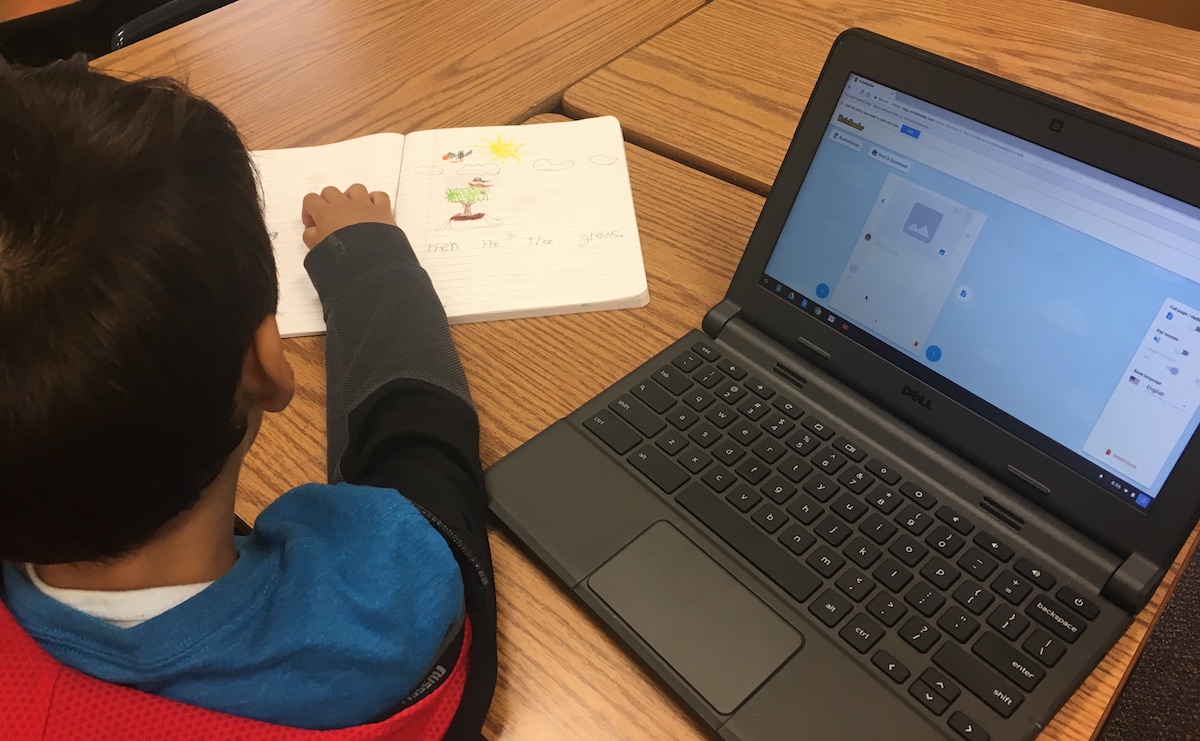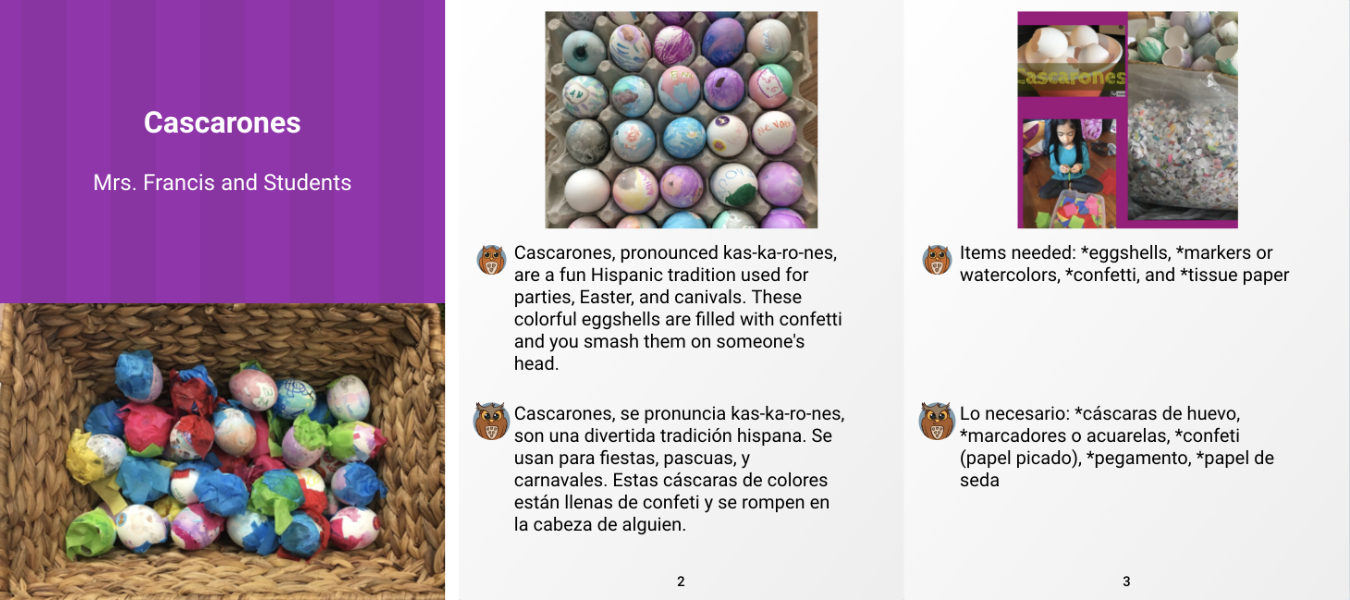Emily Francis, ESL teacher, W.M. Irvin Elementary School, Concord, North Carolina, USA
To view this post in Spanish, click here.
As a first-generation immigrant, a former English language learner (ELL), and an educator today, I’m astounded by how my two worlds are colliding. On one side of the continuum, we are given information by the National Center for Education Statistics on the alarming, continuously growing number of ELLs enrolling in U.S. schools. On the other side, we have educators facing one of the most significant shifts in educational practice; not only are teachers responsible for having every student access grade-level content, but they also have to foster English language acquisition and/or dual-language learning.
Sustain students’ linguistic heritage.
Though this interrelation may be a challenge for some educators, it is an issue that needs attention since it impacts our future-ready learners. Now, the real issue is not what is happening around us but how we respond to it. A positive way to respond is by growing a classroom culture that is culturally responsive and providing students with effective and/or consistent language support.
Merging my personal experience with my obligations as an educator, I see the critical need and responsibility to intentionally integrate tools into my lessons that highlight and sustain my students’ linguistic heritage. In my experience, WriteReader is the most appropriate and effective resource to use with our diverse students.

This web-based, user-friendly app provides a platform where students create and publish their own books using their creativity and imagination while developing their academic and linguistic competence in English and/or Spanish. WriteReader places value on students’ linguistic heritage by giving access to its features in a dual-language format. This intentional inclusivity places value on their heritage and culture by providing a comfortable environment for students to take a risk in their academic, linguistic, and cultural development.
Let’s take a closer look at how WriteReader can be used to support students’ academic, linguistic, and cultural development.
Academic Development
There are several academic advantages to using WriteReader. While students are creating their own book, there’s critical thinking, collaboration, and reading and writing development. The creation of their book requires students to think critically about their sentence structure and focus on the image aligning with their text. Students collaborate with each other, asking for support and/or showing their expertise. Literacy acquisition increases since they have to ensure that the letter they are typing phonologically aligns with the sounds they need to make the words. Students also have the opportunity and advantage to access their peers’ books and read just for fun. This reading is not frustrating since it is at the students’ level. Reading their peers’ books will also build students’ background knowledge on topics that may be new to them.
Students collaborating and publishing their books together.
Linguistic Development
A recent article, The Future of Education is in Two Languages, highlighted bilingualism’s impact on cognitive enhancement, critical thinking, and sensitivity toward other people and cultures. The author, Fabrice Jaumont, is convinced that dual-language education should be the norm rather than the exception.
So, to create a sense of belonging for our ELLs, dual-language learners, and all students in general, allowing students to use their native language (L1) should be the norm in every classroom. WriteReader’s features enable students to navigate through the platform entirely in L1, providing an advantage for students to access content and provide opportunities to show their abilities. Students have the option to hear each letter sound as they type, which supports phonological awareness in both L1 and the second language (L2). Another article provides an extensive explanation on literacy acquisition in both L1 and L2, how language skills can transfer to another language, even while L2 is still developing, and encouraging students to use L1 when writing is honoring, accepting, and respectful. Languages are more than words; they help us define who we are in our own words.
Here’s an example of how my newcomers use L1 with WriteReader to publish a bilingual glossary. To read more and get lesson ideas, visit Achieve the Core.
Cultural Development
Without a doubt, I’m convinced that language and culture are intertwined. Therefore, integrating tools that encourage and allow students to use and practice their L1 places value on children’s heritage and culture. Embracing and validating our students’ backgrounds and cultures will create an environment where students flourish not just academically but linguistically, too. Culture and diversity can’t be measured in a classroom; however, it can be noticed. When students read and write about topics they connect with personally and culturally, they are engaged at a deeper level. The use of compelling topics supports comprehensible input as it relates to the theory of second language acquisition.
Read our published book about Cascarones here:

In closing, I’m inspired by a quote from Dave Burgess’s book, Teach Like a Pirate. Dave writes,’ With a focus on professional passion, teaching is no longer about relaying in content standards… it’s about transforming lives. It’s about killing apathy. It’s about helping the next generation fulfill their potential and become successful human beings. It’s no longer about memorizing facts; it’s about inspiring greatness.’ With this in mind, I embrace the idea of creating a classroom culture that values students’ language and culture. Thank you, WriteReader, for providing educators with a fabulous tool to validate our students.
